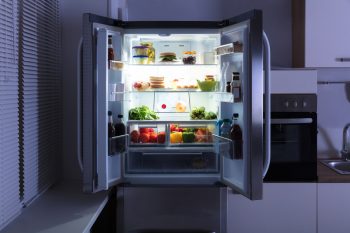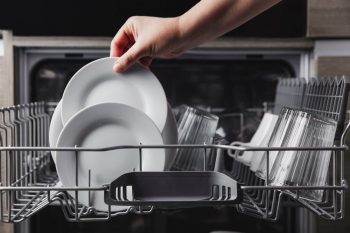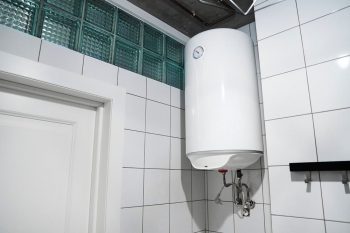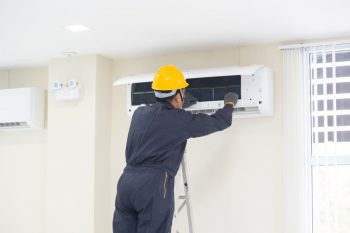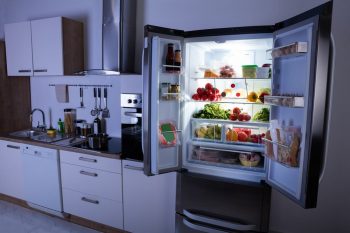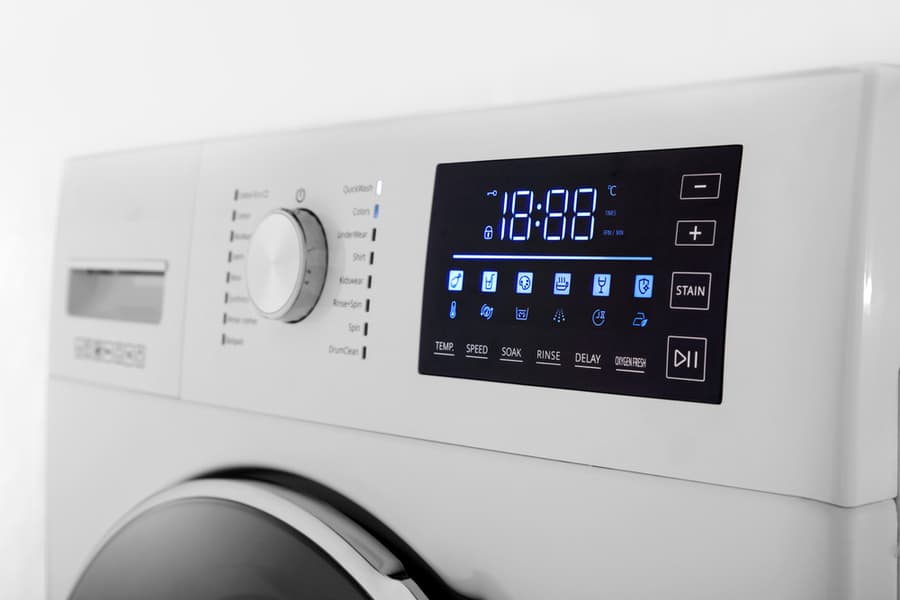
Digital appliances are programmed to alert users in case of functional problems or errors. In the case of washing machines, ‘e40’ is an error that’s common across all models and brands. Front-load washing machines, in particular, are known to display this error code.
Four beeps and flashes accompany the message display in some units or models. And because manufacturers program their washers to show this code in instances of malfunctions, it’s not something you can ignore. This article should help you understand the problem and provide a solution.
- An e40 message display on a washing machine indicates the door isn’t shut correctly.
- This error could also point to a faulty door or a damaged door lock device.
- While some likely causes are bothersome, they are minor and quickly resolved.
- The severest problem you can encounter with an e40 error code is a broken door latch or replacement of the door lock itself.
Washing machines are among the most overworked since people use them almost daily. If you don’t have the user’s manual, the e40 error code pertains to a problem with the door or door lock mechanism.
You can’t do the laundry if the door is unlocked or closed incorrectly. Know the causes first to fix the issue promptly.
The E40 Error Code Meaning
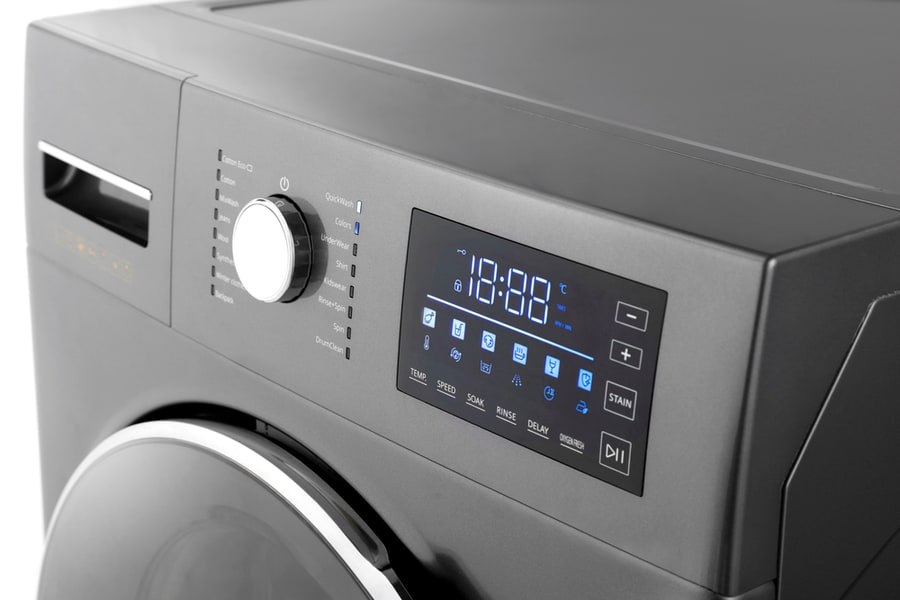
A washing machine experiencing problems with the door mechanism lock will display an error code e40 and will not proceed to operate unless you resolve the issue.
This safety feature prevents damage to the machine and injury to the user.
A washing machine that shows the e40 error message will not continue to work until resolved. Manufacturers program their washers this way to avoid injury to their users.
Do not attempt a makeshift patch job to get your washer working again. Instead, identify the actual root of the problem and the appropriate solution.
Causes and Solutions
The following are likely causes of the bothersome e40 error code and the quick-fix solutions:
- Check the door or lid; if it is not fully closed, push it firmly until you hear a click.
- Remove clothes that might be trapped or caught between the door seal and glass that prevents the door from closing.
- Ensure you don’t overload the washing machine with towels, jeans, or other heavy garments that absorb too much water.
- If the problem is none of the three, turning off your washing machine and switching it back on after 5 minutes could correct the issue.
- See if the child safety lock is enabled and disable or remove the child lock.
When to Book a Repair Service
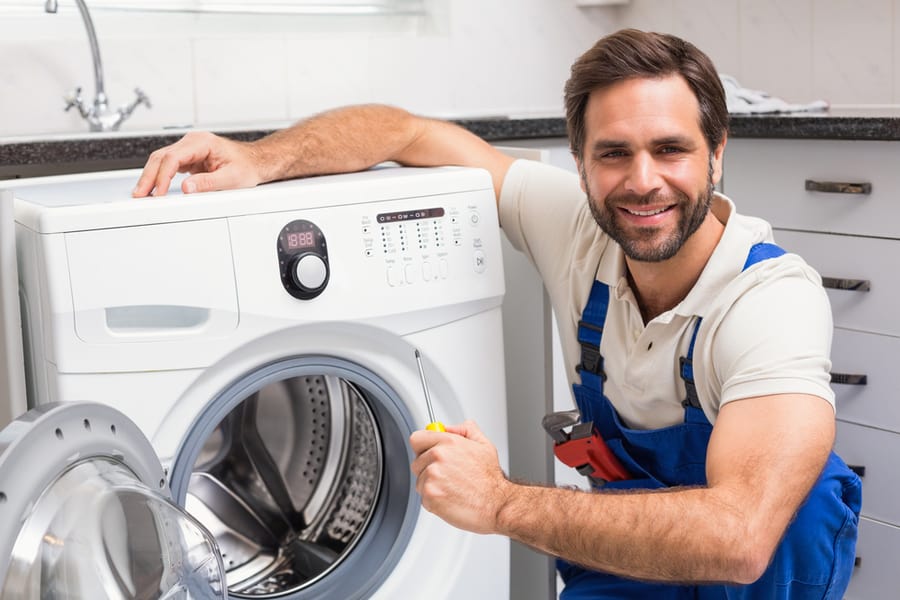
An e40 message display could mean a broken door latch. Otherwise, the door should close properly. You would need to book a repair to fix the door latch.
A broken door lock is more severe than a broken door latch. Get support from a service technician and order the replacement part directly from the manufacturer.
Don’t attempt a “Do-It-Yourself” fix if your washing machine shows the e40 error message and none of the quick-fix solutions listed above can resolve the problem.
A front-load washer’s door will require technical know-how that the average user probably doesn’t have. Attempting to repair the door alone could void your warranty and worsen the situation.
Conclusion
An e40 error code in a washing machine means there is a problem with the door or door lock mechanism, and it requires immediate attention to get your washer working again.
While some likely causes have quick-fix solutions, door damages will require the attention and expertise of a technical specialist.
Frequently Asked Questions
What Can Ruin a Washing Machine Door?
A washing machine can perform well for years with regular cleaning, proper service maintenance, and avoiding bad habits. Among the destructive things are metal objects like coins and keys.
More importantly, avoid overloading and run your washing machine less often than you need to if you want to extend its usable life.
What Is E50 Error in Washing Machine?
When a washing machine displays an E50 error (or C9 and F9), there is a motor failure, and you must disconnect the unit from the power supply. Contact an authorized service center to arrange a repair.

